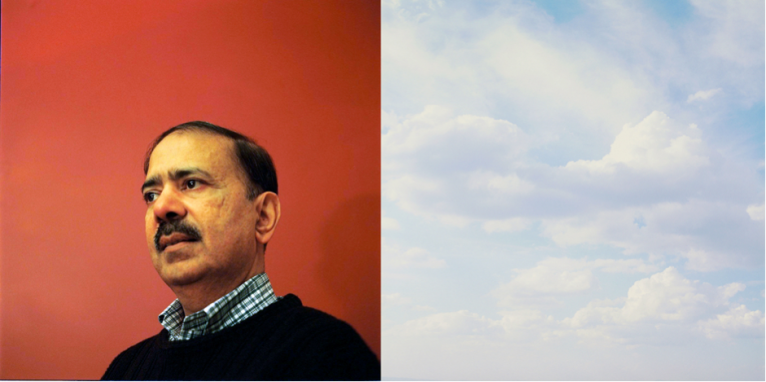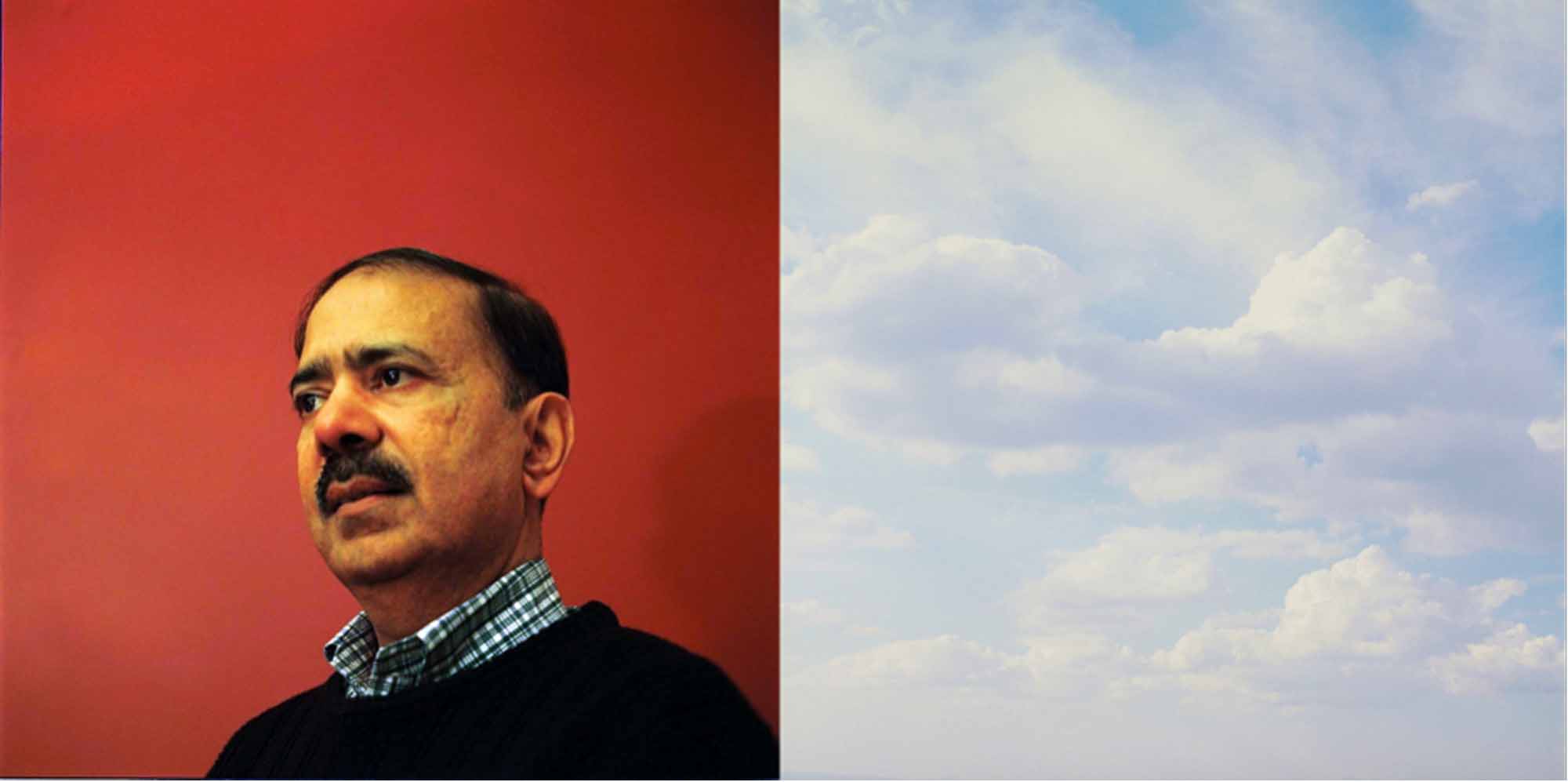Originally appeared on the Open Eye Gallery blog, 12/10/2015
In a striking series of diptychs, Sonal Kantaria traces a poetic path out into the horizon, bridging the plains of Australia with distant, Indian shores.
A highly personal project, Traces turns to the landscape itself to find it laced delicately with dreams and hopes. Yet without the roots of their embodied individuals, they might just evaporate into the mist above the trees or soak into the ground beneath our feet.
Kantaria’s work traverses the distance between individual, culture and country, inviting its viewers to begin tracing their own footprints.
Let’s start off by talking about your wider creative practice. What are the overarching ideas, themes or styles that bring your work together?
As a visual artist, my practice encapsulates the mediums of photography, moving footage, sound and writing. An ongoing theme central to my practice are social issues involving marginalised communities and those that are underrepresented by society and in particular subcultures. The aim of which is to provide a voice to these groups by working in close collaboration. For the past five years, themes of migration, movement and identity have carried through my personal projects and commissioned works. These projects have ranged from subject matters such as female gangs, trafficking into prostitution and most recently Aboriginal communities in Western Australia.
The narrative in my work brings the subjects to the fore and provides a forum for the voice to be heard. My projects tend to be long-term bodies of work consisting of a period of anywhere between months to a number of years. As such, I’m interested in building a relationship and rapport with the subjects I work with, which I believe creates a depth to the work and is imperative to my practice.

You describe Traces as a personal project. Can you expand upon this and perhaps explain how you moved from a personal concept towards the finished works on display at Open Eye Gallery?
Traces draws upon my experience of growing up in the UK as a British Indian. My family migrated from India to Kenya and then to the UK so this trajectory has been present in my family history for decades. With that in mind, I wanted to explore people of Indian origin who had made similar journeys to that of my family in order to settle in Australia and to explore their relationship with both their homelands and their country of settlement.
The resulting body of work was an exploration of the individual and landscape in the form of diptychs.
Identity is a central theme in much of your work. How do you understand the relationship between identity, place and home?
Identity has always been, and continues to be a complex subject matter. Traces explores that very relationship and one that has been present for me, growing up with a strong cultural identity at home and another outside the home. At times these identities would clash. These are the questions that this project raised through the people I photographed and formed bonds with throughTraces. What we call home is a very complex question and one that is changeable over time. These are the very questions the project raised and explored.

Many of these photographs have a feeling of transience to them, hinted at in the passing clouds and fallen, autumn leaves. I’m just wondering why you decided to title the project Traces, and if there is any connection here?
The name of the project came early on through the undertaking of the work. Traces pertained to the mark a culture has on the new country and the culture(s) of that country on the individual. This was alluded to through the landscape photographs of footprints on the sand, fallen autumnal leaves, large skies and with the changing of the seasons. The sense of space in the photographs also represented opportunity and freedom, aspects which the sitters spoke of throughout the project.

Your 2014 project Aboriginal Teenagers seems to deal with many of the same themes as Traces. These teenagers have been “displaced” from their homeland, yet this isn’t a geographical displacement as found in Traces. How did you approach this project differently?
The project Aboriginal Teenagers explored the strong connection of Aboriginal peoples to the land. As the oldest living culture this connection was still very strong. The Aboriginal communities had been displaced and depleted through the effects of colonisation where their cultures were destroyed. Yet, the connection to land was inherent.
This project derived from a commission working with the young people to teach photography. During the workshops, I also took the opportunity to photograph the teenagers ‘on country’. Subsequently, this merging of the two photographs seemed a very natural choice and referenced cultural heritage and sense of place.
Could you tell us about the process of selecting the landscape photographs and matching each with its corresponding portrait inTraces?
The pairings came about in a very organic way. The landscape photograph would often be taken during the same session as the portrait. The pairings were based upon conversations had with the sitter and my own interpretation of those landscapes with the portraits. In presenting the work in a gallery space, I wanted to offer the viewer the opportunity to interpret the diptychs themselves, without too much explanation. This aligned to the sense of space which comes across in the body of work.

What has your academic background in Photojournalism brought to your creative practice? How do you understand the distinction between documentary, social commentary and art within photography?
My work has always been narrative based, which derives from my MA in Photojournalism. In each of my projects I’m essentially telling a story and these projects are also socially based. It is the construct and aesthetic of these images which makes them apt for a gallery space.
The aesthetic itself is not reportage, and I prefer to work in a slower pace to both form relationships with the people I work with and to also construct the images I shoot. Aligned with that form of working, I shoot with film which also makes for a slower and more thought out way of working. In the case of Traces, I would be waiting for the film to be processed, which gave me the time and space to think about the photography sessions and conversations with the sitters. This time was imperative in constructing the diptychs.

What’s next for you?
For the past two years I’ve been working with Aboriginal communities in Western Australia exploring Aboriginal sites of significance in the mid-West region. These are sites which have multiple histories and narratives both pre and post colonisation of Australia.
This is by far the most collaborative project I have undertaken where the sites have been introduced by Elders who shared oral histories relating to place. This long term body of work will be continued through my PhD and represented through photography, sound and moving image.

This work is licensed under a Creative Commons Attribution-NonCommercial-NoDerivatives 4.0 International License.
